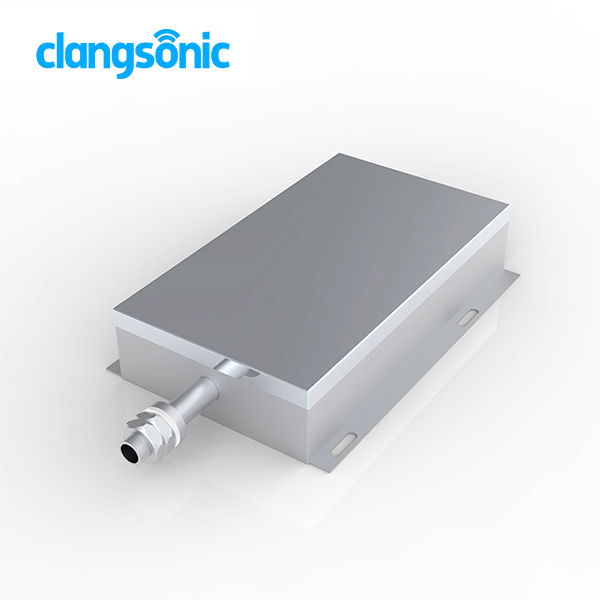What are Some Common Problems With Ultrasonic Transducers?
2025-08-19
Ultrasonic transducers are key parts for energy conversion. They are widely used in areas like medical imaging, industrial cleaning, and welding. How they work directly affects how well equipment runs.In real use, there are some common problems. You need to pay attention to them to stop performance from getting worse.

Frequency drift is the biggest problem. It shows as the working frequency being more than 5% off from the stated value. This is mostly caused by temperature changes (ambient temperatures can go from -20℃ to 60℃) or piezoelectric ceramics getting old. This can make images blurry in ultrasound diagnostic machines.
To fix this, you need a constant temperature design (with an error of ≤±2℃) and regular checks (once every 300 hours).After adopting this solution, a medical equipment manufacturer saw a 40% improvement in probe stability.
Power attenuation is easy to notice in high-frequency transducers (over 100kHz). After six months of use, their output power may drop by 20%-30%.The main reason is electrode oxidation or the matching layer wearing out. This makes industrial cleaning equipment less able to clean.Using gold-plated electrodes and wear-resistant ceramic matching layers can make the attenuation cycle last more than a year. This cuts maintenance costs by 60%.
Abnormal heating is mostly due to impedance mismatch. When the operating current exceeds the rated value by 15%, the temperature rise of the transducer will exceed 40℃. In ultrasonic welding machines, this may cause uneven plastic welding. Real-time monitoring via an impedance analyzer (with an accuracy of ±0.1Ω) combined with an automatic matching circuit can control the temperature rise within 25℃.
Mechanical failures mostly happen in connection parts. Like loose horns or broken piezoelectric sheets. These failures make up 35% of all failures.The main reasons are wrong installation torque (over 20N・m) or vibration fatigue. This can make ultrasonic flaw detection equipment stop sending signals.If you standardize the installation process (keep torque at 15-18N・m) and use high-strength alloy materials, the failure rate will drop by 70%.
| Common Issues | Typical Manifestations | Main Causes | Solutions |
| Frequency Drift | Deviation from nominal value by over 5% | Temperature fluctuations, material aging | Constant temperature control + regular calibration |
| Power Attenuation | Output reduction of 20%-30% | Electrode oxidation, matching layer wear | Gold-plated electrodes + wear-resistant matching layers |
| Abnormal Heating | Temperature rise exceeding 40℃ | Impedance mismatch, overcurrent | Real-time impedance monitoring + automatic matching |
| Mechanical Failures | Loose connections, component fractures | Improper installation, vibration fatigue | Standardized torque + high-strength materials |
As application scenarios expand, new transducers have integrated condition monitoring chips, enabling early warning of potential failures. After a semiconductor cleaning equipment adopted smart transducers, unplanned downtime was reduced by 80%. The combination of regular maintenance and material upgrades will become the core solution to improve the reliability of ultrasonic transducers.




